It’s true a plug repair (or inside/outside repair) can get you out of a jam. But, for passenger tire applications on cars and trucks travelling at high rates of speed, they do not offer a safe, permanent repair solution. In fact, twelve states and counting have standard language defining a safe and proper tire repair as one that “the tire puncture has been sealed or patched on the inside of the tire and the injury filled with a cured rubber stem.”
When you take your tire to a properly trained tire shop, the technician will start by dismounting the tire and performing a thorough inspection of the tire. If the technician determines that the size and placement of the injury falls within the guidelines outlined by the Tire Industry Association (TIA). He/she will get to work installing a proper tire repair.
The repair process starts with the technician preparing the area for installation of the stem repair and patch. This involves cleaning and buffing the inner liner of the tire and cutting out any damaged cords or belts from the puncture itself using a carbide cutter.
Next, the technician will apply TECH Vulcanizing Fluid to the puncture and area where the patch will be installed. The Vulcanizing Fluid reacts to a special rubber cushion gum on the stem and repair unit. This chemical reaction permanently bonds the repair to the tire for a completely air and moisture tight seal.
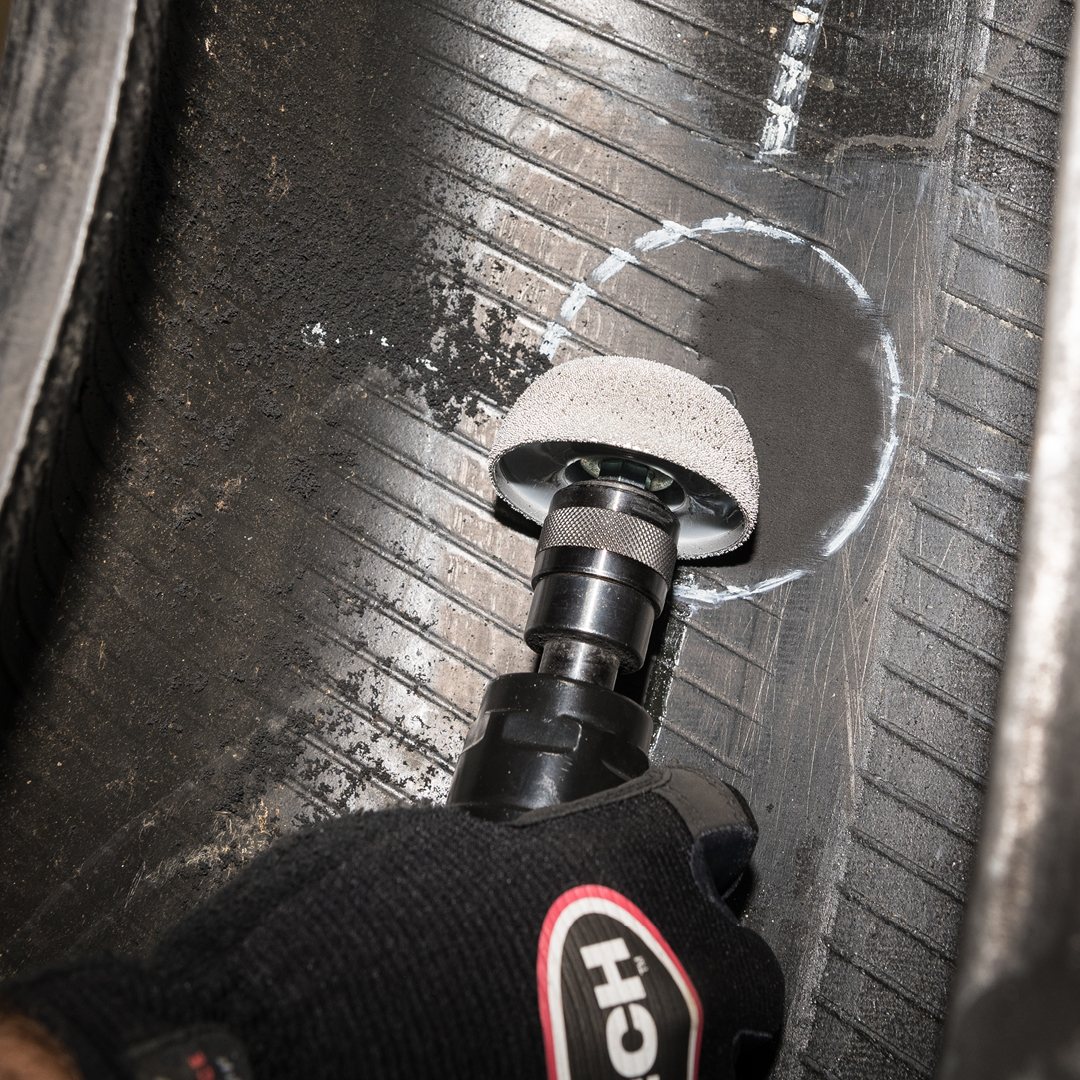
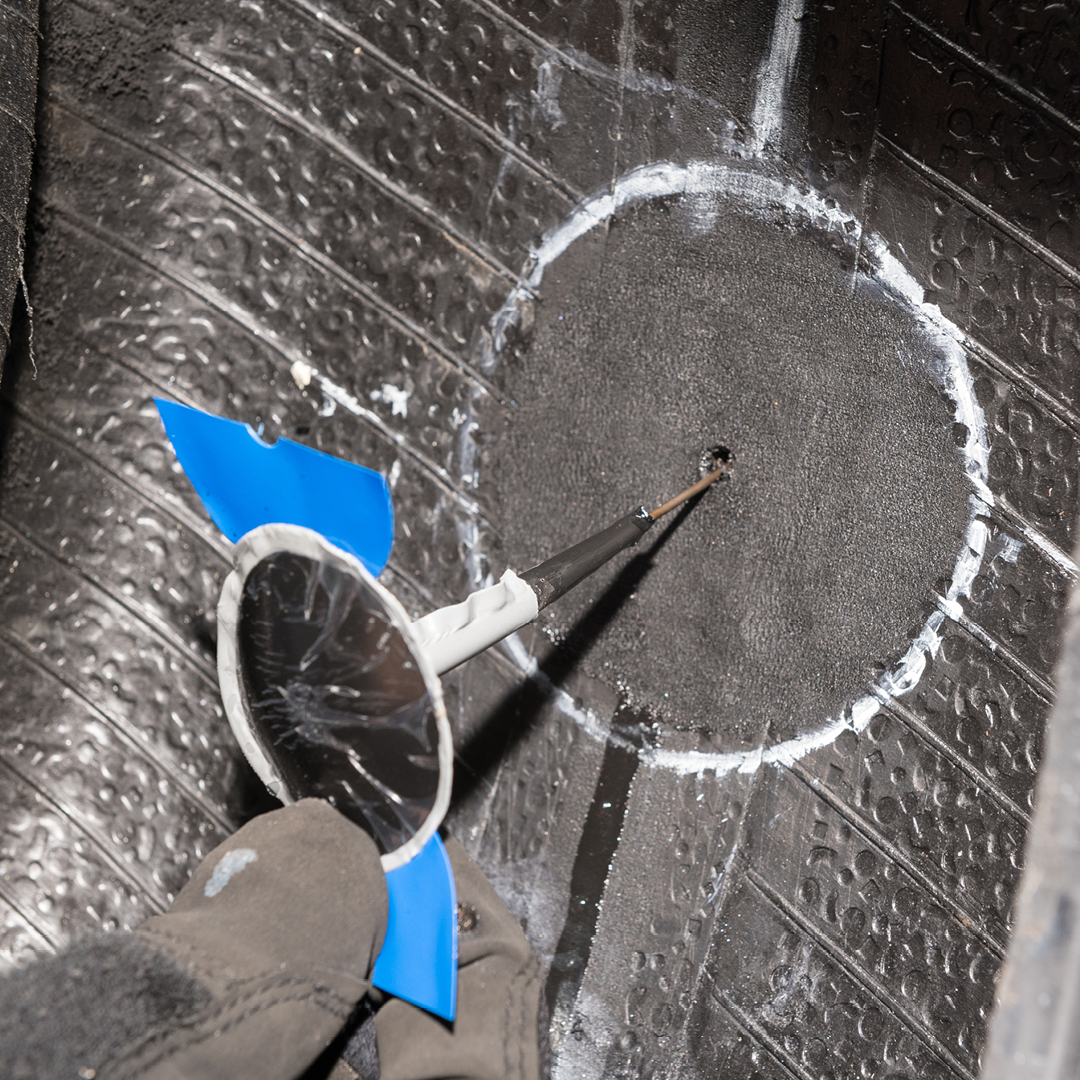
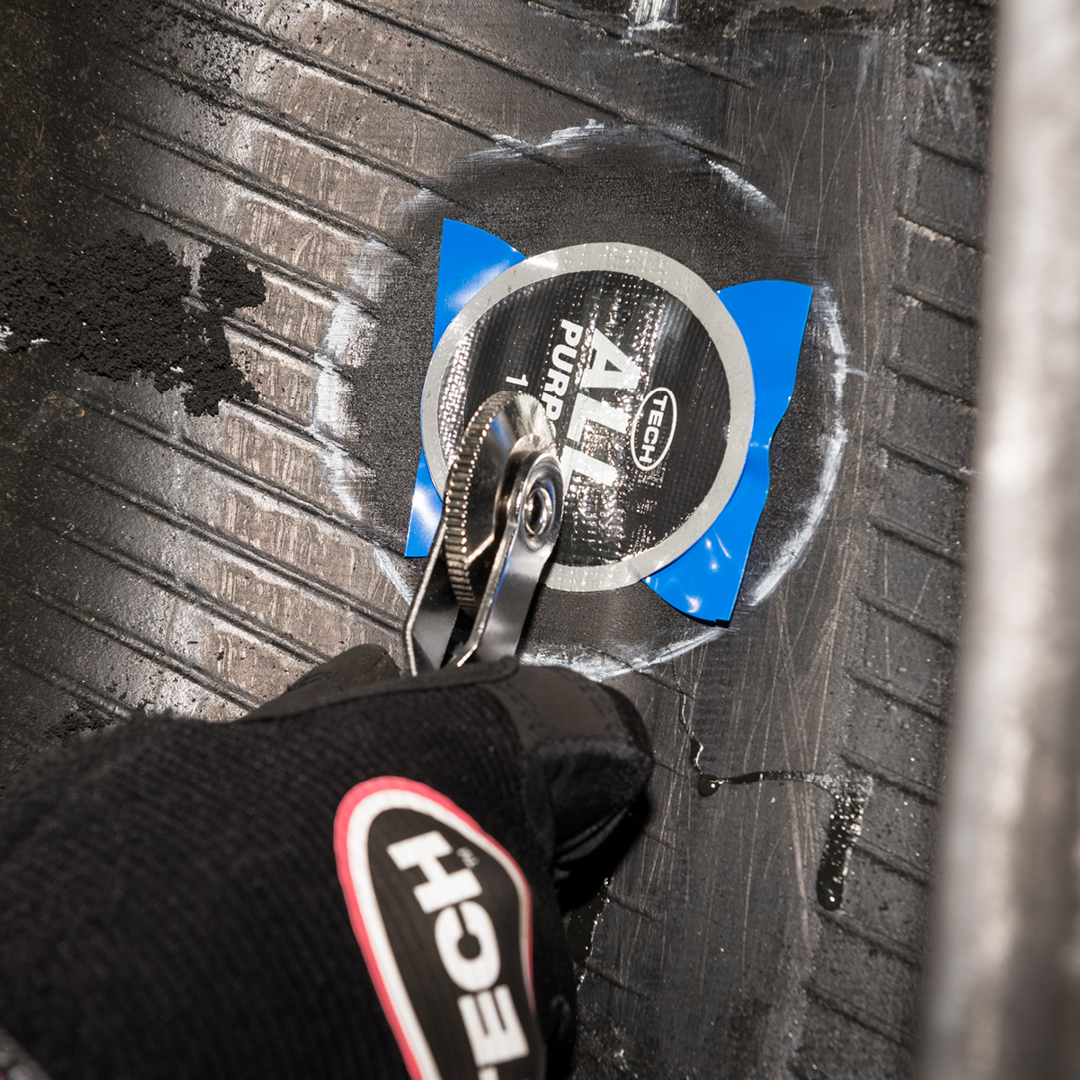
There are two reasons the repair unit and stem method is significantly safer than a inside/out plug repair. First, use of an inside/outside repairs can potentially work their way out of the injury over time, causing a slow leak or even repair failure. Meanwhile, use of a patch or inner liner repair unit only without sealing the puncture itself can allow moisture into the tire and under the repair unit. Moisture can cause damage to the cords or even rust on steel belts. This could lead to repair unit failure.
Only the combination of a stem and repair unit fully fill and bond to the puncture creating a permanent air and moisture proof barrier.
TECH offers one-piece Uni-Seal Ultra Repairs that are a repair unit and stem in one. These are great for punctures where the injury angle is less than 35 degrees. If the angle exceeds 35 degrees a two-piece repair must be used, such as TECH’s Uni-Seal Stem and Centech Radial Repair Unit.
For more information on proper tire repair, watch the video below.
Own a shop? You can train all the technicians in your shop for only $50 annually. Read more about TECH University here.

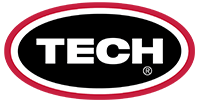
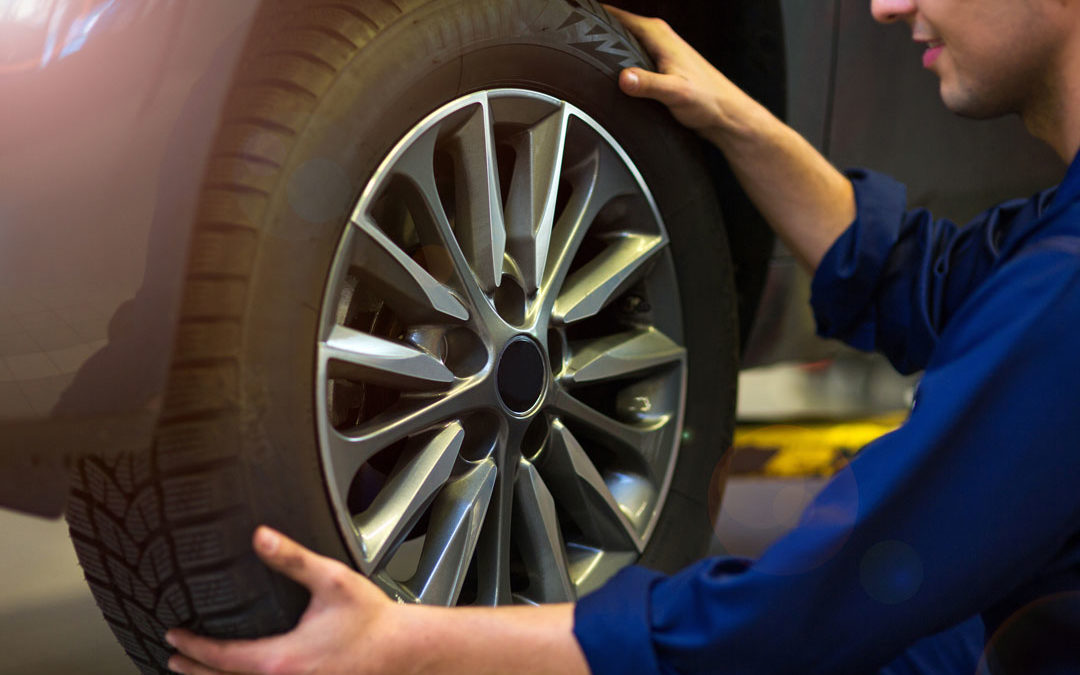
Recent Comments